The Life Cycle of Sustainable Clothing: From Seed to Garment
In a world increasingly concerned about environmental impact, the clothing industry is under scrutiny for its role in contributing to pollution, greenhouse gas emissions, and unethical labor practices. Fortunately, a growing movement towards sustainable clothing is paving the way for a more responsible approach to clothing production.
At the heart of this movement lies the concept of sustainable materials – fabrics and fibers derived from renewable, eco-friendly sources that have a minimal environmental footprint throughout their life cycle, from seed to garment. Let’s embark on a journey and explore the fascinating world of sustainable clothing materials, following their path from origin to finished product.
The Seeds of Change: Natural Fibers
The story of sustainable clothing often begins with natural fibers, which are derived from plants or animals. Unlike synthetic fibers, these materials are biodegradable and have a lower carbon footprint during production.
Organic Cotton
One of the most widely used sustainable materials is organic cotton. Grown without the use of harmful pesticides, synthetic fertilizers, or genetically modified organisms (GMOs), organic cotton farming promotes soil health, biodiversity, and better working conditions for farmers.
The journey of organic cotton begins with the careful selection of non-GMO seeds, which are planted in nutrient-rich soil, nurtured by rainwater or sustainable irrigation methods, and tended to without the aid of toxic chemicals. Once the cotton bolls mature, they are handpicked or mechanically harvested, ensuring minimal environmental impact.
Hemp
Another sustainable superstar is hemp, a versatile and rapidly renewable plant that requires minimal water and pesticides to cultivate. Hemp fibers are incredibly durable, breathable, and naturally resistant to mildew and bacteria, making them an excellent choice for clothing.
The cultivation of hemp involves planting the seeds in well-drained soil and allowing the hardy plants to grow with minimal intervention. After harvesting, the long fibers are separated from the woody core through a process called decortication, creating the raw material for textiles.
Bamboo
Bamboo, a fast-growing grass, has emerged as a popular sustainable fabric in recent years. Its unique properties, including moisture-wicking, breathability, and softness, make it an ideal choice for activewear and casual apparel.
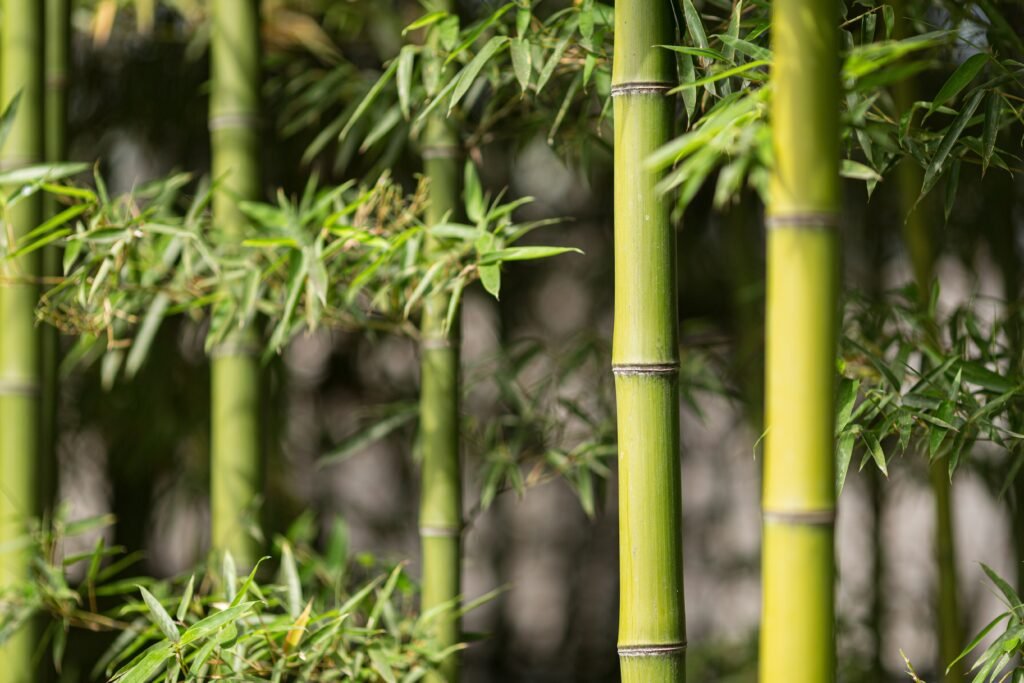
The journey of bamboo fabric begins with the careful selection and propagation of bamboo shoots, which are then allowed to mature into tall, woody culms. These culms are harvested, crushed, and subjected to a chemical process that extracts the cellulose fibers, which are then spun into yarn for weaving or knitting.
Transforming Raw Materials: Ethical Manufacturing
Once the sustainable fibers have been harvested and processed, they embark on the next leg of their journey: ethical manufacturing. Sustainable fashion brands prioritize transparent supply chains, fair labor practices, and environmentally responsible production methods.
Spinning and Weaving
The raw fibers are spun into yarn, either mechanically or by skilled artisans using traditional techniques. This yarn is then woven or knitted into fabric, often incorporating innovative methods to minimize waste and reduce energy consumption.
Dyeing and Finishing
Sustainable dyeing techniques, such as low-impact dyes derived from natural sources or recycled materials, are employed to add color and texture to the fabrics. Finishing processes, such as stonewashing or enzyme washing, are carefully selected to minimize water and chemical usage.
Cutting and Sewing
The fabric is then cut and sewn into garments, often by skilled artisans or in ethical factories that prioritize fair wages, safe working conditions, and workers’ rights. Advanced pattern-making and zero-waste cutting techniques help reduce fabric waste during this stage.
Closing the Loop: Sustainable Disposal and Recycling
The life cycle of sustainable clothing doesn’t end with the finished garment. Responsible brands also consider the product’s end-of-life and implement strategies to minimize waste and promote circularity.
Garment Repair and Upcycling
Through repair and upcycling initiatives, clothing brands encourage customers to extend the life of their garments, reducing the need for frequent replacements and minimizing waste.
Textile Recycling
When garments can no longer be worn or repaired, sustainable brands offer textile recycling programs. The fabrics are broken down and reprocessed into new materials, such as insulation or stuffing, completing the circular loop.
Biodegradability and Composting
For truly sustainable materials like organic cotton or bamboo, the ultimate disposal option is biodegradation or composting. These natural fibers can break down safely, returning valuable nutrients to the soil and minimizing their environmental impact.
The journey of sustainable clothing is a testament to humanity’s ingenuity and commitment to preserving the planet. By embracing these eco-friendly materials and responsible production practices, we can create a fashion industry that not only looks good but does good for the environment and the people involved in its creation.
As consumers, we hold the power to drive change by supporting brands that prioritize sustainability and transparency. Together, we can weave a future where fashion and environmental stewardship coexist harmoniously, ensuring that the clothes we wear have a positive impact on the world we share.
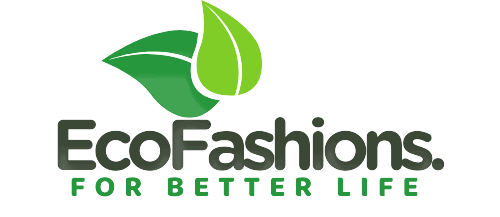
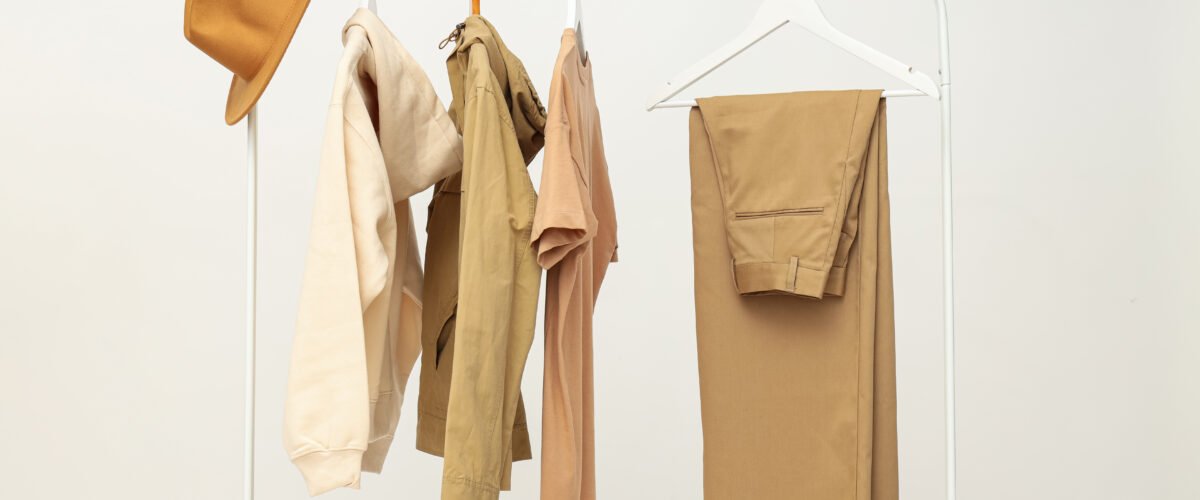

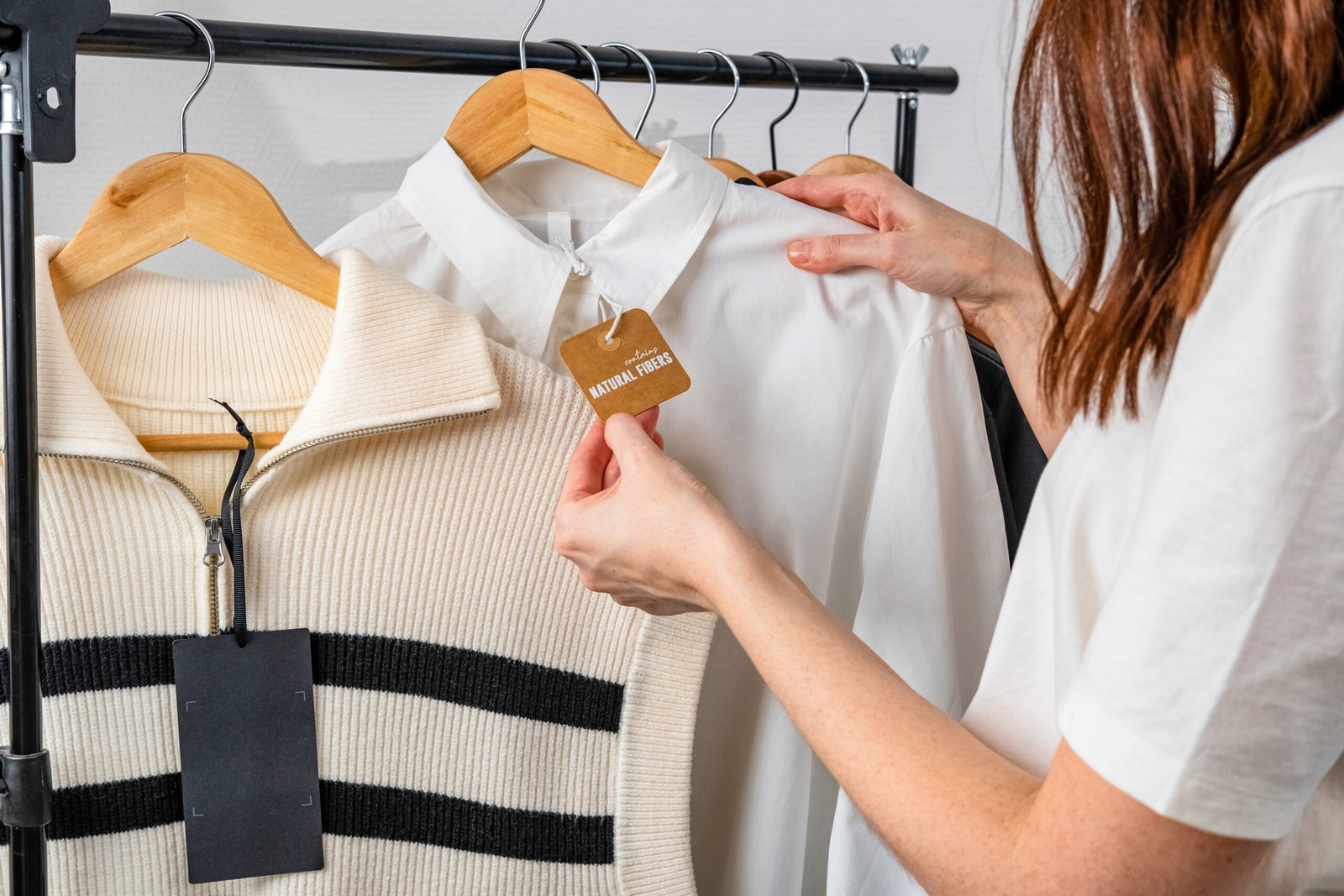
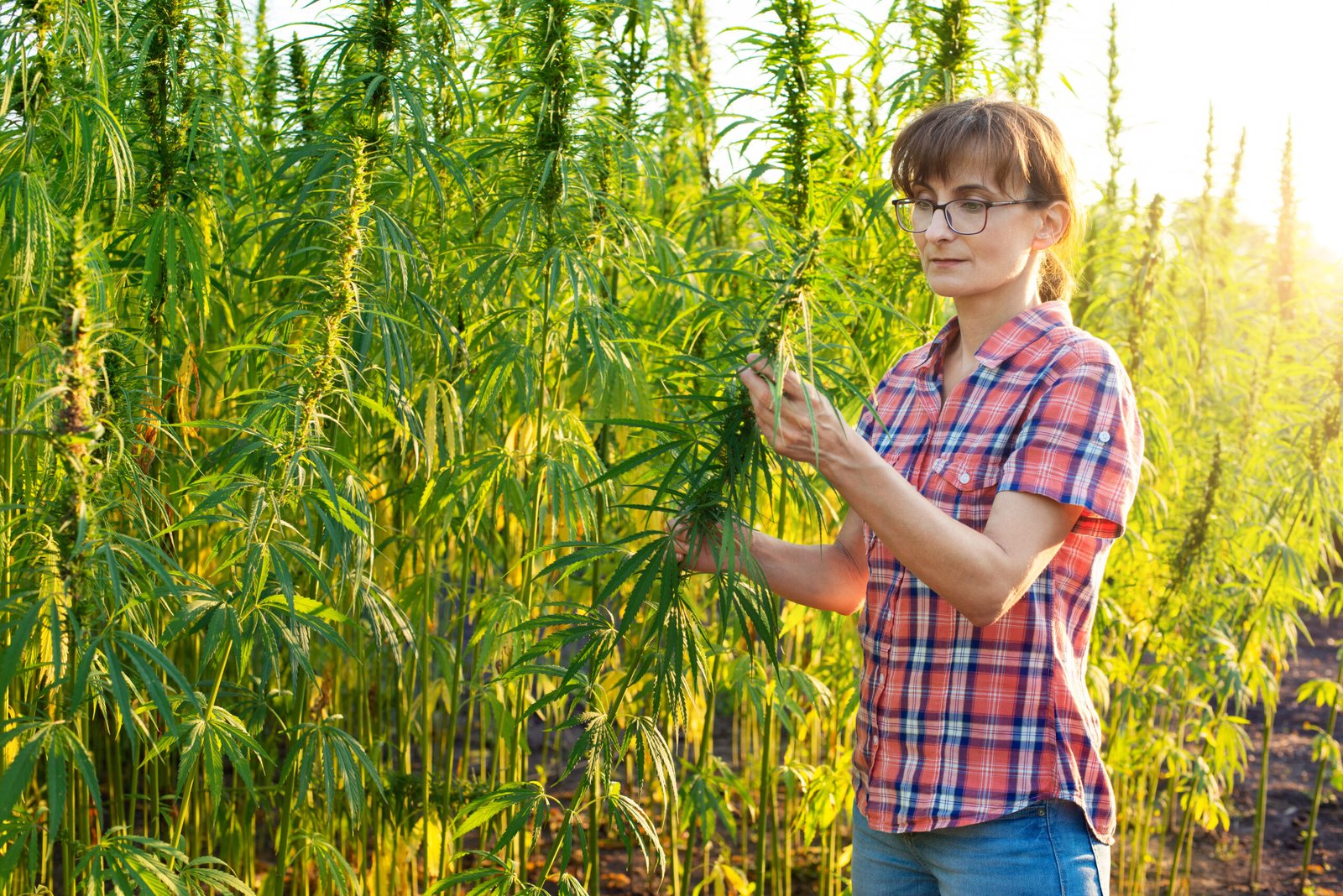
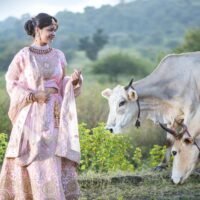
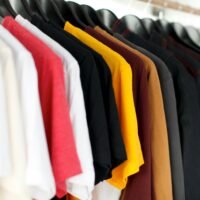
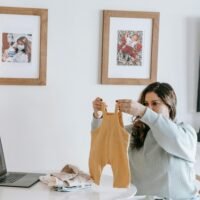
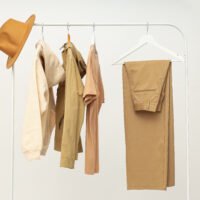
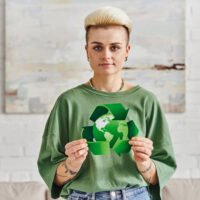
Thank you for the informative insight. All the best @Ecofashions
Thank you so much for your kind reply on the article.
I like the comprehensive information you provide in your blog. The topic is kinda complex but I’d have to say you nailed it! Look into my page Webemail24 for content about Search Engine Optimization.
Very energetic post, I loved that bit. Will there be a
part 2?
Hi, this weekend is nice in support of me, since this time i am
reading this fantastic informative article here at my house.
Great beat ! I would like to apprentice at the same time as you amend your web site, how could i subscribe for a
blog site? The account helped me a applicable deal.
I had been a little bit acquainted of this your broadcast provided
shiny transparent concept
Hi there, just became aware of your blog through Google, and found that
it is truly informative. I am going to watch
out for brussels. I will be grateful if you continue this in future.
Numerous people will be benefited from your writing.
Cheers!
Amazing! Its really remarkable paragraph,
I have got much clear idea about from this
post.
Great delivery. Sound arguments. Keep up the great effort.
Why visitors still use to read news papers when in this technological world the whole
thing is existing on net?
Valuable information. Fortunate me I discovered your website
by accident, and I am stunned why this twist of fate didn’t
took place earlier! I bookmarked it.